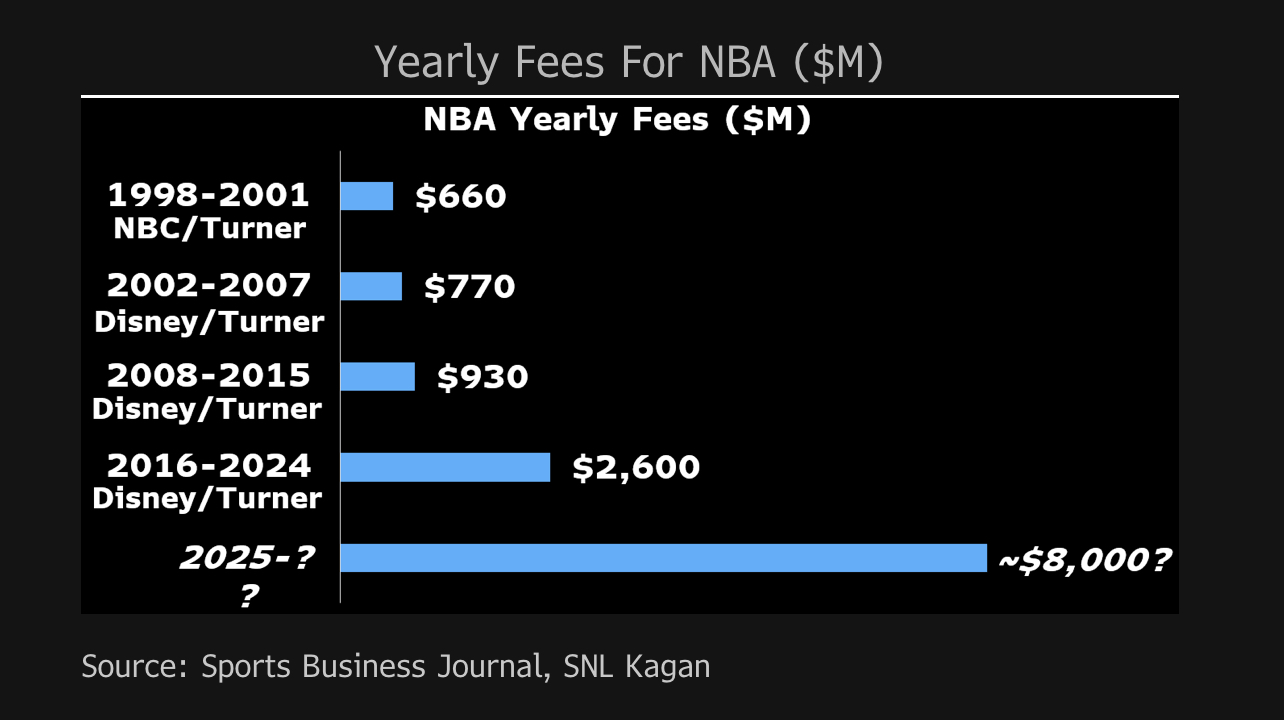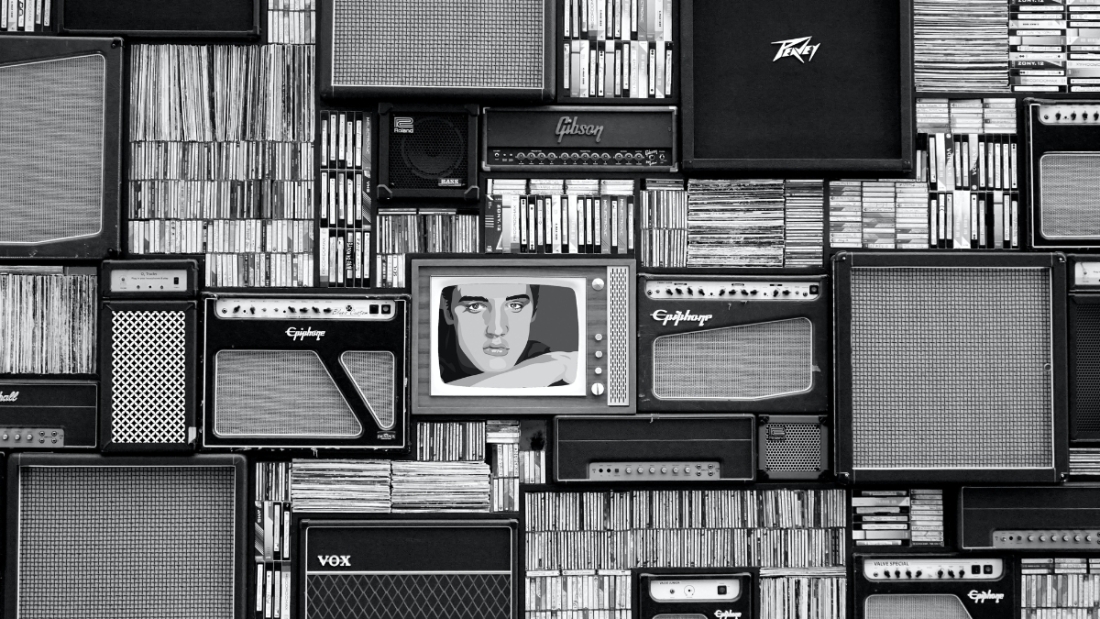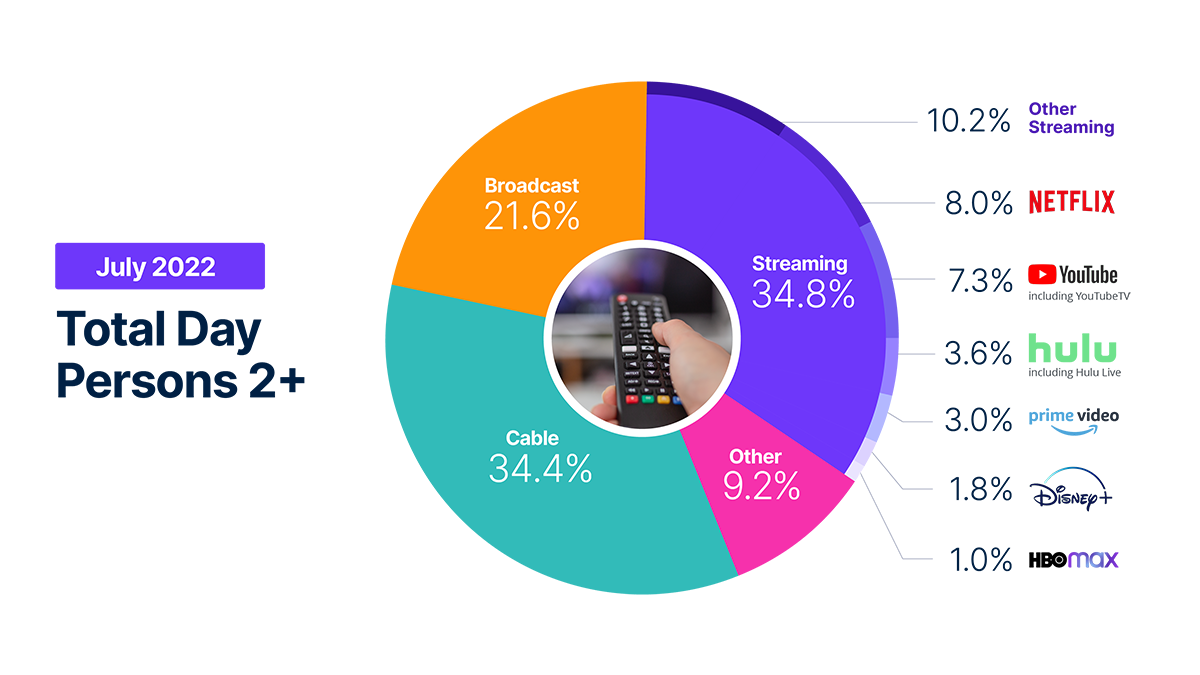Streaming started with TV and Movies, then made its way to live TV, and now fully in the driver seat to dominate sports. The entire media landscape is changing and it is changing rapidly. The emergence of streaming, the dominance of sports in live television and the perspective of the consumer.
Nobody trusts the media and for a multitude of reasons: no longer entertaining, click-bait headlines, corporate ownership is grossly high, its designed to be polarizing, everyone is seeking the next scandal or mistake to the point where we are having a harder time deciphering what is real and what is not.
As the consumer’s options for content grow, the traditional media outlets are losing their grip on the message they are attempting to pass along to the people.
Consumption
Call your parents and ask for their tv provider password. It’s the necessity. No Gen Z person in this economy is paying for cable when we have Hi Fiber Optic cable available to us. If all fails, there’s always the internet and some sketchy stream. Gen Z will cut corners on expenses like that so they can buy 5-10 more beers on the weekend. We don’t like wires and we don’t like bills. We will find a work around. We know it’s not credible, we know it’s not reliable. I mean even look at this clip from Tucker Carlson and his role in the media. Why do you think the population has turned to podcast’s? It’s now up to the consumer to inform themselves by the providers with whom they see fit.
Social Media
If viewers miss the game, they’ll get their highlights, send them in the group chat and say “🐐”. If there is a nip slip at the Grammy’s, it’s on Twitter. When is meme volume going to count for ratings/viewership? I mean look at the major events. The Oscars, Grammy’s, Emmy’s etc. Those live ratings peaked in the early 2000s and Hollywood’s squeeze on the culture hasn’t been the same. Traditional media outlets have had to find other ways to get to you. Social media data seems to be a way more focused measurement regarding if the message being displayed has been passed on to the public or not.
Sports
Sports events account for all but six of the top 100 telecasts of 2022.
The shift is happening, and the NFL’s new deal with YouTube TV for the NFL Sunday Ticket is the leading subscription content bundle in the industry. Google/YouTube know that they’ll get all the sports junkies on the platform and track the retention rate when the season ends.
The game has changed. It’s not like the legacy media companies like Turner, Disney, or Paramount are the only ones who can do the bidding. You see now with Apple, Google and other streaming giants are now sticking their beak in. This entrance of new bids has certainly driven up the price with another major shift coming in 2025 when the Disney/Turner deal with the NBA is over.
How else are they going to cover these enormous salaries for guys to sit on the bench? Right now, the NBA’s current TV deal sits at nearly $2.6 billion dollars in revenue. $1.4 coming from ESPN and $1.2 coming from Turner TV (TNT). Now, when that deal is up after the 2024 season the NBA is predicted to try to up that TV revenue target to near $8 billion. This is where you will see the fight between the traditional cable networks and the streaming tech giants. After seeing how the NFL cashed in with Google/YouTube TV they know 2025 is the chance to bring their league to the next level in terms of capital and recurring TV revenue for X amount of years they agree to a deal with their respective future partners.

Music
Music is no longer a product. The one thing you touched in music no longer exists. Kids in school do not know what a CD is, but an MP3 File or a streaming service. No more sales margins on units when it comes to albums. The point of what I am getting at is that music is no longer a product, but a communication channel of messages and sounds.
Instead of being the “conversion” part of the marketing funnel, it is now what drives awareness, pushes your interest towards the artist to have the desire to convert on another product that gets the artists paid. Performances, shows, and other products. Now if an artist you like experiments with other genres, no harm no foul other than your feelings. You are giving Spotify and/or Apple Music $10.99 a month. You didn’t wait in line for a terrible CD. If you do not like it someone else will. Playing devils advocate on the side of the artist here as they have to find ways to put food on their table.
Tracking
TV ratings are primarily tracked through a system called Nielsen Ratings. Nielsen measures television viewership in the United States through a combination of electronic and paper diaries, set-top box data, and audio recognition technology. A representative sample of households across the country is selected to participate in the Nielsen Ratings, and their viewing habits are used to estimate the total audience for each program. These estimates are then used by advertisers and networks to determine ad rates and make programming decisions. Other methods of tracking viewership, such as digital streaming metrics, are also becoming increasingly important in the industry.
You have to consider that this is in fact 2-3 years behind. We see how advertisers have not understood this transition yet. If they understood how many viewers were coming in from live streams, we would not see the same commercials on Hulu Live, ESPN+ or any of the other cable providers streaming apps.
It was not until 2022 did Nielsen and Amazon come to agreement to use their tracking methods for Amazon’s exclusively streamed Thursday Night Football that they paid big money for the exclusive rights for.
With this new implementation into the way we consume content, this fast Fall, Amazon and Nielsen have actually disagreed on particular viewership ratings with some weeks being a roughly 1 million viewer difference. Considering the demographic shift of customer of the prime streaming account holder these are the adjustments these two organizations are going to have to come to agreement to in the new live streaming era.
At the end of the day I find this very beneficial for the customer in the long run. We wanted streaming services and our favorite shows, movies, and now live sports are making its way to becoming the primary viewer experience across many homes in the United States, but across the globe. Less wires, cheaper costs, and easily shared. We are living in the time of the Media Renaissance.






Leave A Comment